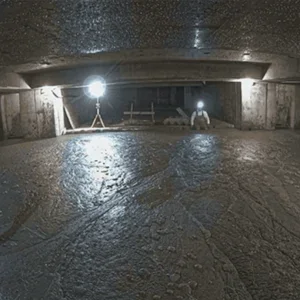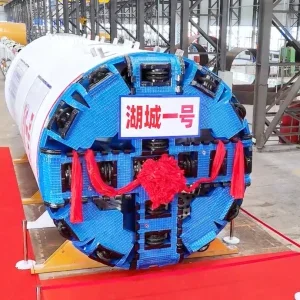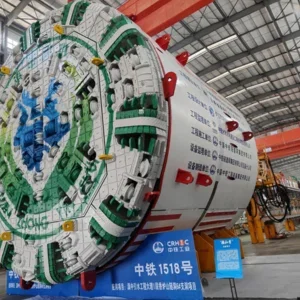Tender documents were issued last month to the four prequalified civils JVs in the running for two tunnelling and box station packages on the Cityringen project in Copenhagen – the latest major expansion of the Danish capital’s metro network.
Cityringen will loop the city centre in 15.5km long twin-bore tunnels connecting 17 stations and five shafts, three of which are for excavating the tubes. The tunnels will also have four crossovers.
The works have been split into two packages, North and South. Client Metroselskabet plans to award the works in the middle of next year.
One or two JVs may be awarded the packages with responsibility for detailed
design as well as construction work. The four JVs prequalified to bid are:
• Alpine Bau with FCC Construccion;
• Bilfinger Berger with Vinci Construction Grands Projets and Per Aarsleff;
• MT Høgaard with Hochtief, Ed Zublin and E Pihl & Son; and,
• Salini Costruttori with Tecnimont and Seli.
Geology along the tube ring comprises glacial moraine over limestone, the main formation for TBM drives, with more sand in the northwest of the project. The groundwater level is high and the city has strict environmental controls.
It is expected that either EPBM or slurry shields will be used on the majority of tunnels, totalling approx 14.9km in each tube, and bored at depths of approx 15m-35m. Crossovers and bifurcations are to be excavated by sprayed concrete lining (SCL).
The city’s recently built metro lines have 4.9m i.d. tunnels, which are nominally 20m between centrelines and a similar arrangement is anticipated.
The boundaries between the North and South civils packages are at Aksel Møllers Have station in the west of the tunnel loop, and in the east at the Øster Søgade lake, between Trianglen and Østerport stations.
Stations are typically deep structures, platforms on the approx 62m long boxes being at depths of approx 19m. There will also be semi-shallow boxes with platforms approx 13m deep.
The client is being helped on the civils design by a JV of Cowi, Arup and Systra.
A number of shafts were eliminated from the early design as improved technology, such as sprinklers on trains, is to be used to help safety. The reduction also helps minimise traffic disruption from construction work (T&TI, November 2008, p6).







